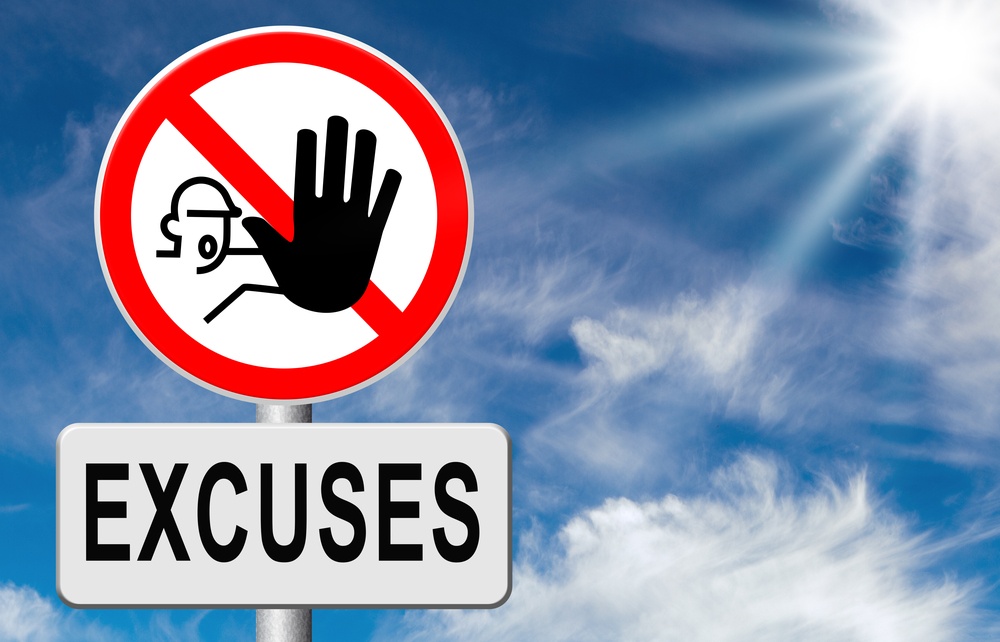How & When to Apologize in Japan
Apology is a kind of social currency in Japan. It's the simplest way to maintain the harmony, or wa, of the community or social group, and it's used liberally to defuse just about any situation from the sidewalk to the workplace.
By Michael KanertHow to Bow
https://www.youtube.com/watch?v=f9hcF6_YeMc
While apologizing is very common in Japan, it always needs to be sincere. If you come in with the attitude that your apology will automatically be accepted, you could very quickly find your situation much worse than it was already!
Bowing (called eshaku or ojigi) is an important way to help convey your sincerity. The video above is by comedy duo Rahmens, and while it's not to be taken 100 percent seriously, like all good satire, there are many nuggets of truth in it.
The shallow bow at the beginning is pretty much spot-on. The deep bow, on the other hand, is a complete lark: the rationales are hilarious, and the advice to maintain eye contact is the exact opposite of what you should actually do. And no, a real deep bow does not look anything like you've been kicked in the groin; it just looks like a deeper version of the shallow bow, or the image at the very top of this article.
The bowing styles for "upstanding citizens"—or, more accurately, corporate representatives—are actually quite good, though looking at your watch is definitely not advisable if you want to be seen as sincere.
After that point, everything from ninja on is basically having fun with movie tropes—with the one exception of the dogeza, where you put your head to the floor. It's basically what you do if you cause horrifying, irreparable damage to someone's life or livelihood. Most people never have to do it in their lifetimes, but it does exist.
But no, nobody is ever going to expect you to climb into a hole to deliver your apology—though it would be fun to watch!
How to Kill an Apology

http://and-plus.net/apology-2/
The worst thing you can do during an apology is make excuses. If you have any inclination to say, "I'm sorry, but..." you're not delivering an apology by Japanese standards; you are justifying why what you did was right. That's the exact opposite of restoring the balance, since the focus is being put on your own situation, not that of the group. If you want to restore the balance, you need to address the group's feelings first.
In fact, the reality is that nobody cares why you made a mistake—at least, not yet. Everyone's just on edge because of the lingering disturbance in the wa, and no ears will open until the apology ointment has been applied and balance has been restored. To dip into another movie franchise, think of how Spider-Man will save a baby from a burning building and then still apologize for being late for class—without ever mentioning the spectacular reason he was late. That's the superhero you need to be.
It's all a matter of timing and technique. If you really feel the need to explain yourself, once the apology is done, wait a little while, and later you can casually make a note of what actually happened. The key is to do it as an incidental: "Did you see the news about the escaped herd of elephants this morning? Yeah, they totally derailed the train! Why yes, that is the line I use!"




